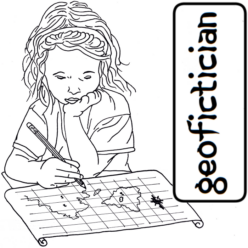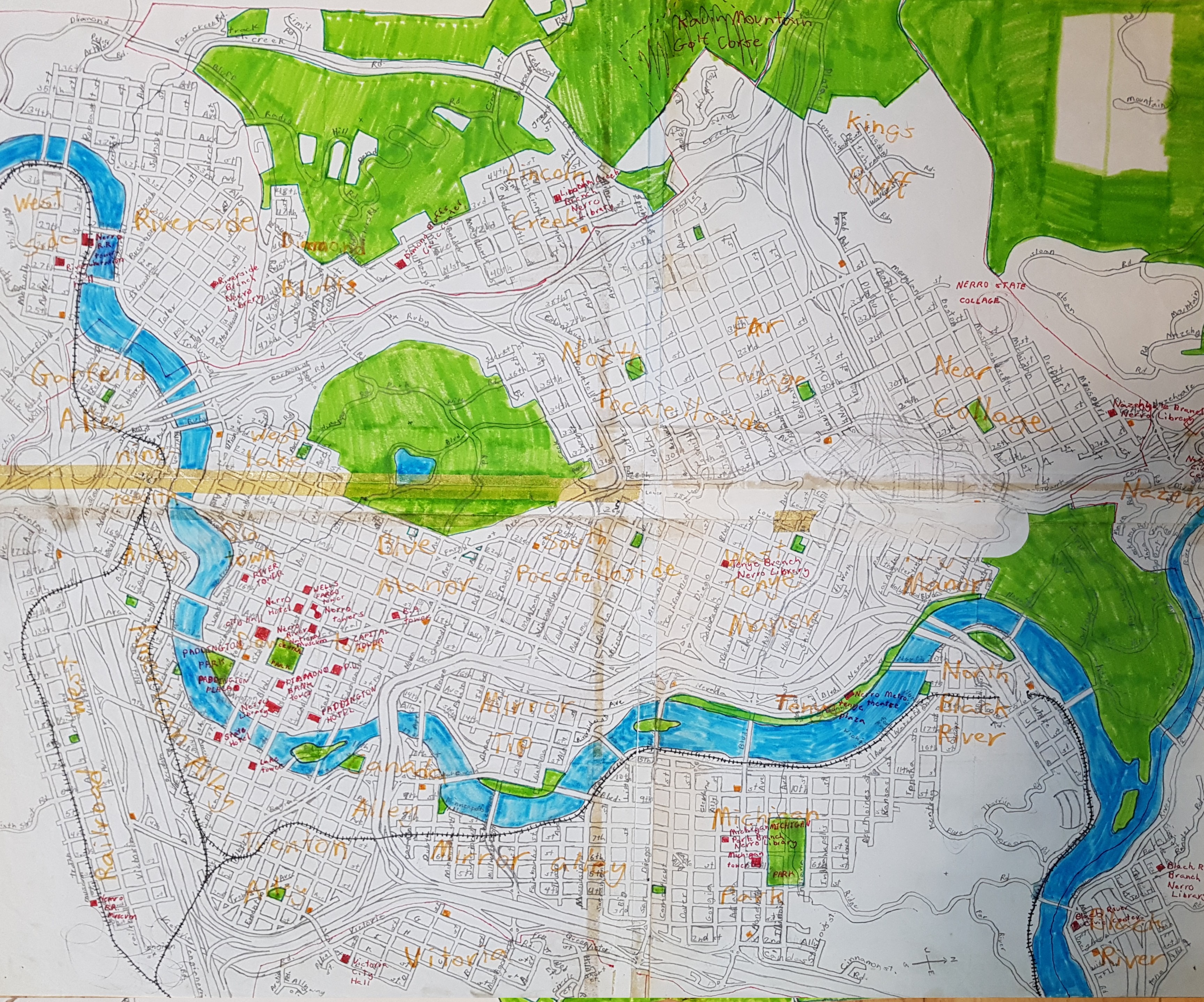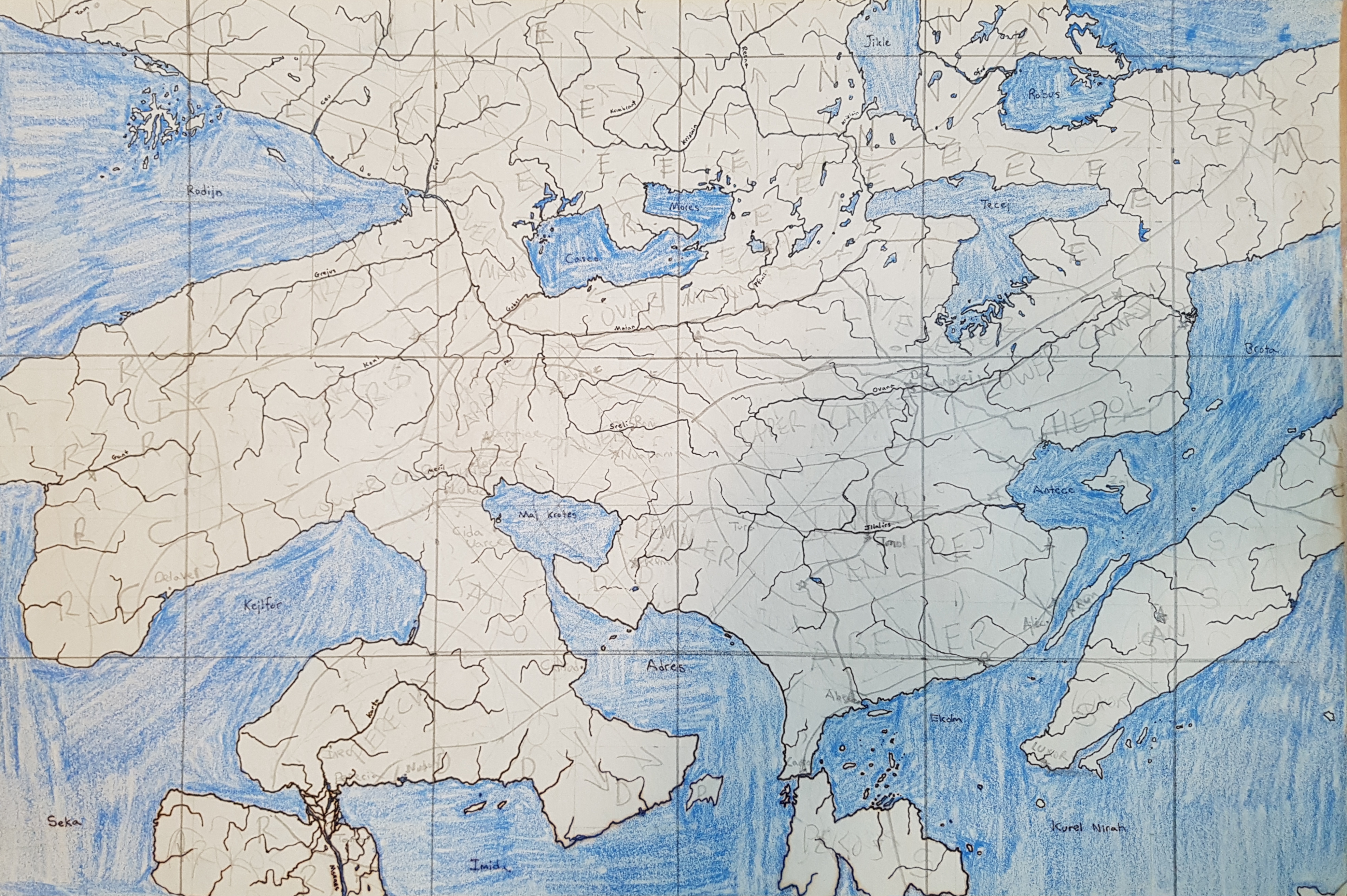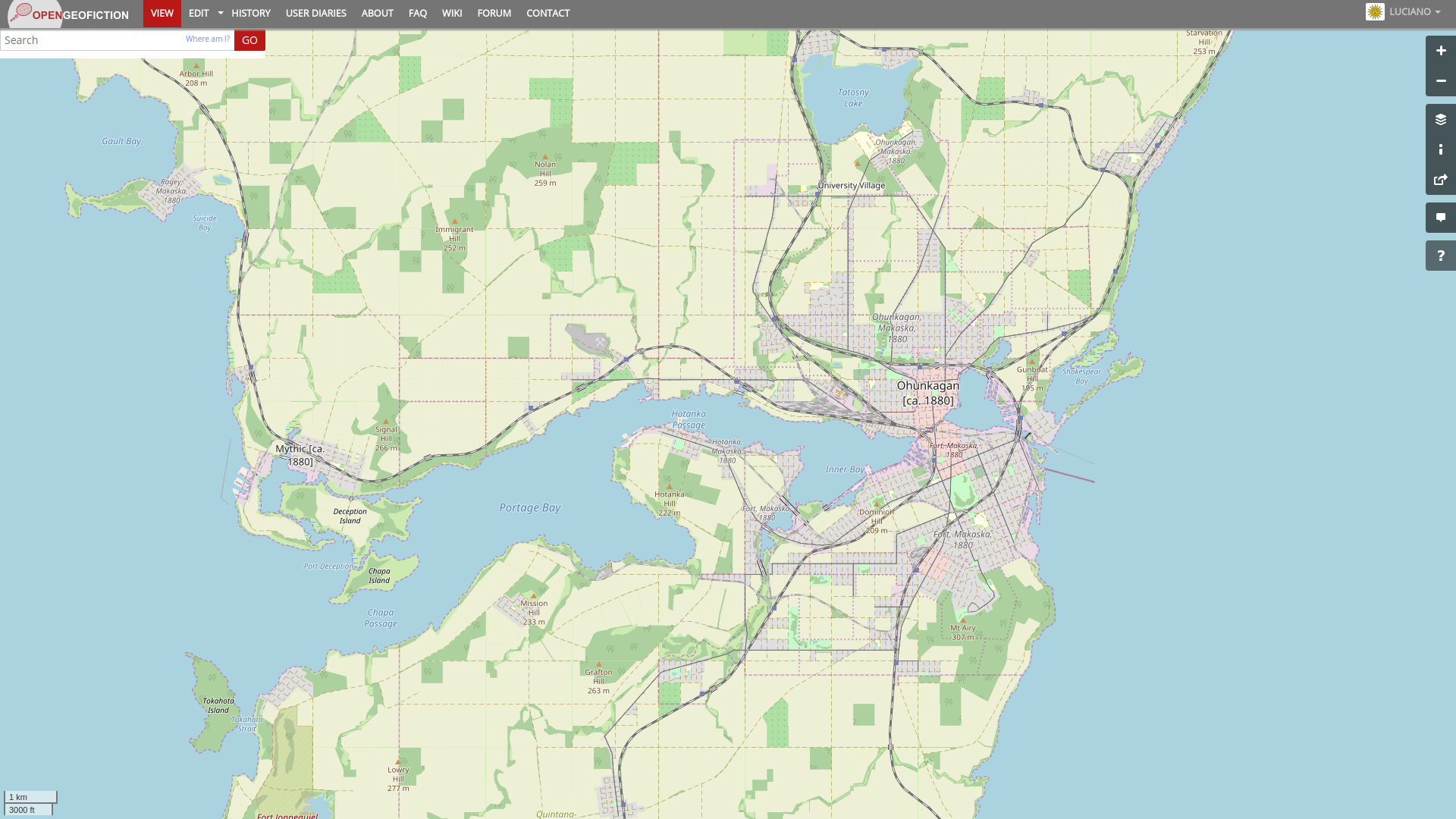I finally got tired of dealing with Windows 10 drama, and decided to rebuild my preferred Ubuntu Linux desktop, as I’d been using in Korea before moving away last July.
I’ve made good progress on that, and have JOSM up and working again, and all that. But I became aware, as I was migrating my data and files, that I have a lot of files I would rather not lose, especially related to my geofiction. I need some systematic means of keeping stuff backed up.
I handled the issue of backup and redundancy for my creative writing years ago, when I started storing all my drafts and notes in google docs. It’s convenient, too, because I can get to my writing no matter where I am.
But I have no such system for all my .osm files for the geofiction. Especially important are the .osm files I use for drawing the topo layer, since those are never uploaded anywhere except temporarily at the time of an update.
I suppose I could just copy the files. But I decided I needed to store them in some kind of version-controlled space. About two years ago, I’d had them in a git repository but it was just copied out to an extra harddrive. I used git for some other stuff I used to do, so it wasn’t that hard to figure out.
I decided this time to try something different – I made a repository on github and decided to put my topo .osm files there. If I get in the habit of regularly updating the git repository, I’ll always have those topo files, no matter what happens to my computer or where I am. Further, if ever I go in the direction of wanting to collaborate on drawing topo files, this will make it really easy (assuming the other person is up to dealing with checking things out of a git repository). [UPDATE: this was a short-lived effort. Subsequently the files are just files, again, but they live on one of my HRATE servers]
If ever there will be a truly collaborative geofiction “planet” with a master topo layer, this might be a way to maintain that information, since practically speaking it can’t and shouldn’t be uploaded to the map server. Just an experiment, I guess, and meanwhile I’ll have a reliable backup of my work.
Music to map by: 선미, “가시나.“




